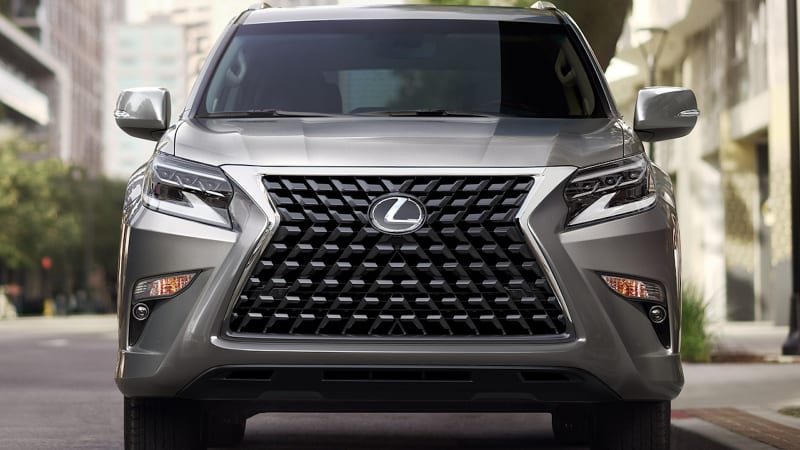Lexus' Unified Spindle is the latest take on its controversial grille design

The much-talked-about Lexus Spindle Grille made its debut way back in 2011 at the New York Auto Show. And ever since the covers were pulled off the LF-Gh Concept, the spindle has gone through many different shapes and sizes, and, we might add, with various degrees of success. What works well on the sporty LC coupe or IS sedan never worked as well on rough-and-tumble utility vehicles like the GX and LX SUVs. One general spindle shape can go from chrome-laden and distinctive to Predator-shaped and garish with a few clicks of an enlargement button.

In September of 2022, Lexus celebrated 10 years of its trademarked spindle as it readied the release of the latest RX crossover and first-ever RZ electric vehicle. At the time, Lexus explained that it was morphing away from the Spindle Grille in favor of what it called the Spindle Body. Said a press release, “the grille is reinterpreted as a seamless unit that flows into the bodywork.” The design-speak continued, “The lower section retains a mesh pattern, while the upper section takes in the lower edge of the bonnet; the Lexus emblems sits at the centre of the spindle’s high pinch-point.”
While the 2024 GX (below left) press materials do indeed make mention of Lexus’ Spindle Body ethos — even if we question how much the boxy-but-beautiful GX looks like the curvier RX — you won’t find mention of the term anywhere in the 2024 TX (below right) press materials. Instead, Lexus calls the grille of the TX a Unified Spindle design. That’s a new one, and while it’s unmistakably a Lexus, there is indeed a difference between the grille designs of the latest two Lexus utility vehicles. The automaker claims the shape “incorporates early Lexus design language” and was “designed to enhance aerodynamic handling and provides both a sense of mass and cooling performance.”
We’d love to know more about what Lexus means when it says “enhanced aerodynamic handling,” but we do note the thin opening just beneath the hood that connects the sloping frontal protrusions of the headlights. Below that, a series of horizontal slats get wider as they descend lower, creating the distinctive Lexus Spindle Grille shape. We note a few differences between the grille of the TX Luxury model when compared to the TX F Sport edition, with the sportier design oddly getting more brightwork but less inner detail to go along with more aggressive winglets on either side of the large lower air intake opening.


Lexus TX Chief Engineer Naohisa Hatta told Autoblog that the Spindle was always meant to be functional first. The new “Unified Spindle” shows us what happens when electrification starts to take hold. In terms of functional space, Lexus sees everything from the slit between the TX’s headlights down to be part of the new, compressed design. And all of it does something.
“The Spindle Grille originally was there to improve radiator cooling efficiency,” he said via a translator. “Now that we’re going into electrification, we’ve started transitioning into taking the whole body of the vehicle to express this sort of Spindle shape. The next progression from that is the added element of aerodynamics as well as airflow and noise. And so we compressed the traditional Spindle Grille as we had been using it.”
If the LBX concept is any indication (and Lexus engineers suggested to us that it is), we’ll be seeing further permutations of this in future models. In any case, we appreciate the newfound restraint that Lexus designers seem to have found with the GX and TX, but are left wondering where that went when it penned the latest LX, in either its Gillette-inspired standard or predatory F Sport forms.







